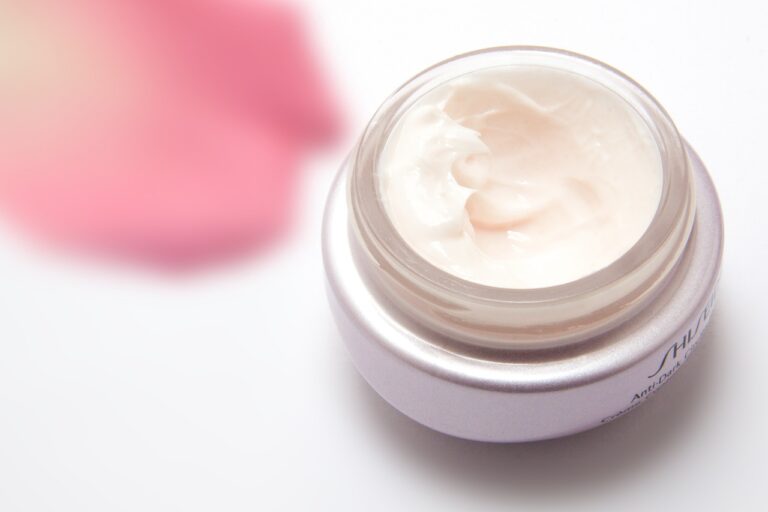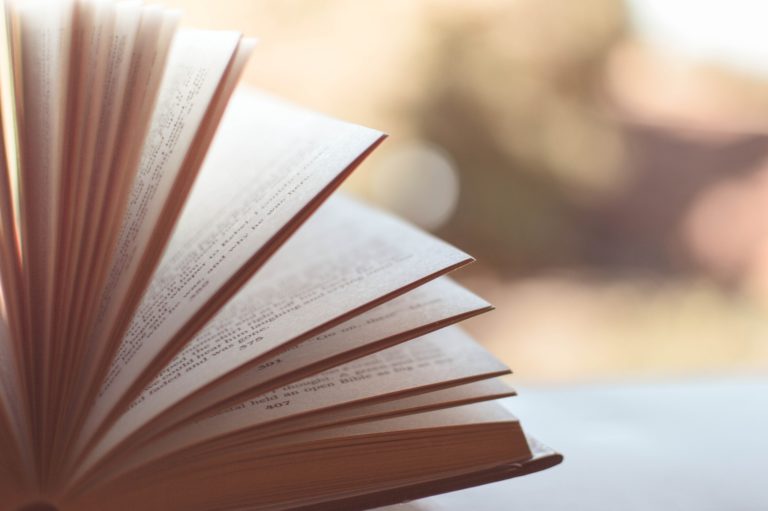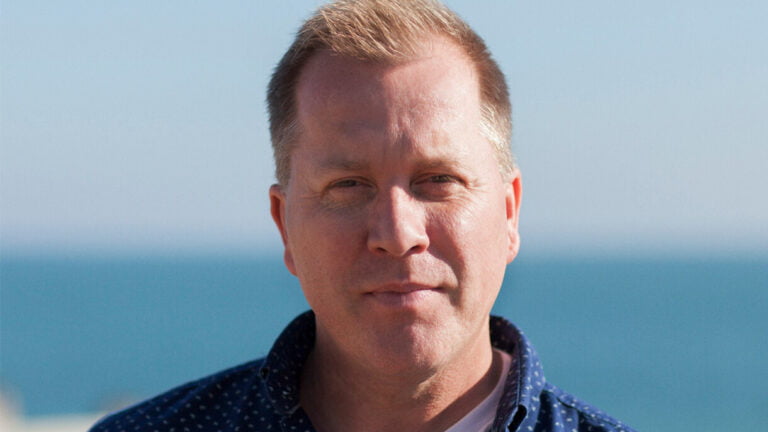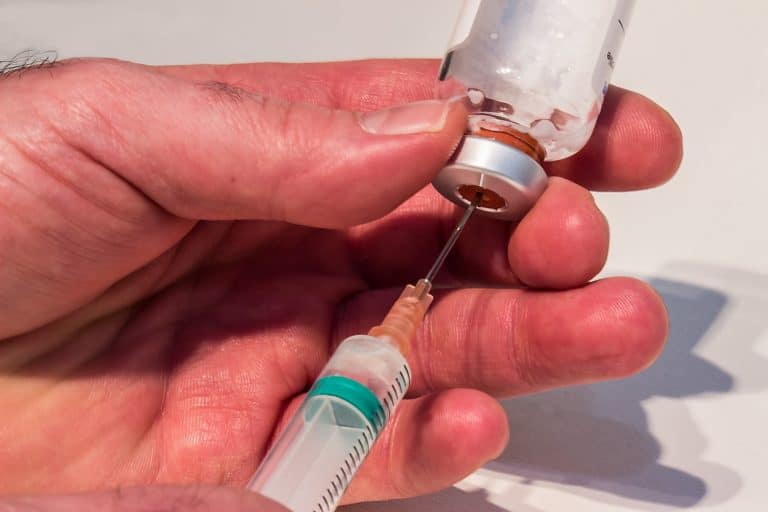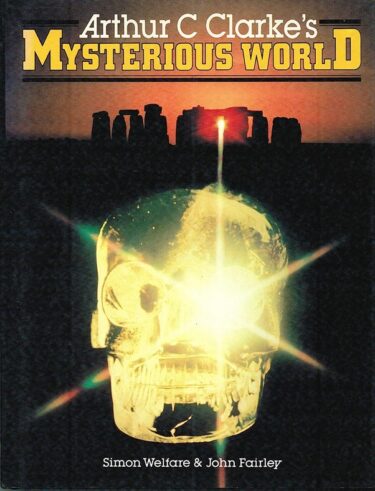The world of skincare is not a place for the faint-hearted. It is such a dizzying mix of advice and recommendations, advertising and ‘science’ that any wander through this world leaves you feeling like you are not doing enough for your health or appearance. The only way to make yourself feel better, it would seem, is to spend sometimes hundreds of pounds on products you will use religiously for a few weeks before you end up exhausted by all the time you’re spending slathering on potions, oils and creams.
There are a range of reasons we feel we have to invest time, money and energy into our skin. One of the main reasons seems to be to maintain a youthful appearance for longer. Anti-aging is a huge part of skincare marketing and people (women especially) are targeted from an early age to start protecting their skin from the effects of aging.
The science of aging
There are two types of aging – intrinsic and extrinsic.
Intrinsic aging is the type that is genetically accounted for. It happens naturally pretty much no matter what you do. This is the kind of aging that leads to changes in skin elasticity. This type of aging is also called chronological aging and is the one you cannot really do much to change. The characteristics of intrinsic aging include smooth, unblemished skin with a loss of elasticity, fine wrinkles and paling of the skin. The skin gets thinner and the small blood vessels in the skin reduce in quantity.
In addition to the natural course of aging, we also have extrinsic aging. This is the one our behaviour has a say in. By far, the two biggest factors which cause extrinsic aging are smoking and exposure to UV light.
Smoking reduces the elasticity of skin and reduces collagen levels in the skin. This means the skin gets hardened, slack and rough. We have evidence from multiple studies over a number of years showing that smokers have increased wrinkling compared to non-smokers. The evidence is consistent and overwhelming – smoking tobacco increases skin aging.
Photoaging
Exposure to UV light from the sun is thought to account for up to 90% of visible skin aging. UV light causes an increased level of specific proteins in the skin called enzymes. The enzymes that are increased in skin exposed to sunlight are responsible for degrading important connective tissue. After repeated exposure the skin starts to sag and to form wrinkles. Sunlight exposure increases the production of reactive oxygen species (ROS) and free radicals in the skin. ROS and free radicals damage the DNA which increases your risk of skin cancer, but they also increase the levels of those degrading enzymes even more. In addition to all of that, UV radiation interferes with the immune system and may even prevent cell death in sun-exposed skin which can also contribute to an increased risk of skin cancer. The characteristics of photoaged skin include nodular, leathery, blotchy skin with coarse wrinkles and furrows. The skin has irregular pigmentation and obvious marking on the skin and the elasticity is severely damaged. Blood vessels become dilated and there is pronounced inflammation.
What works?
It should be clear, now, that the two most useful ways to prevent visible skin aging are to minimise intake of cigarette smoke and to minimise skin exposure to damaging UV rays.
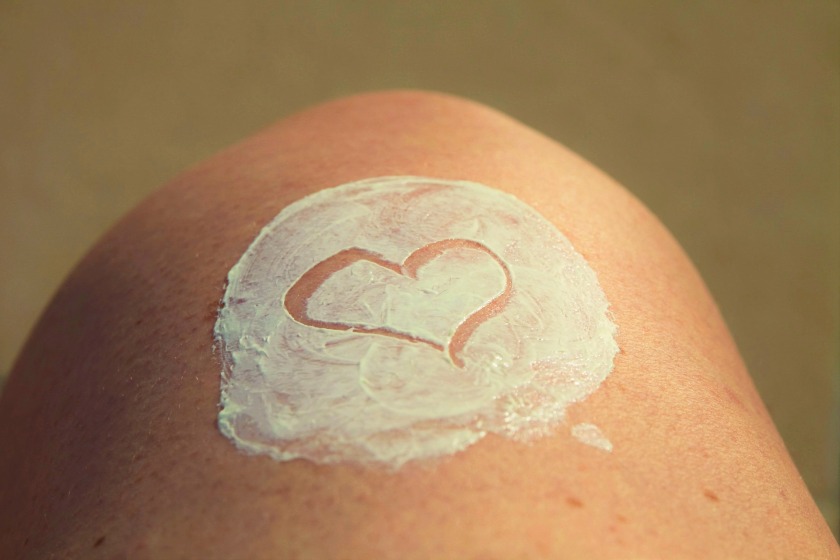
Sunscreen
To protect your skin from UV damage, apply a daily sunscreen with a high factor SPF and high-quality UVA protection (4 stars or above). SPF protects your skin from burning and from the damage associated with that but it does not protect against UVA radiation. UVA damage is invisible, although it does cause darkening of pigmentation, and is very deeply penetrating. You need a sunscreen that protects against both UVA and UVB damage.
Topical Retinoids
While most skincare products have very little evidence supporting their use in preventing or reversing the signs of aging, there is one active ingredient that does seem to help.
Retinoids are a family of chemicals which include retinol (vitamin A) and similar compounds. The potential of retinoids in treating aging was discovered in the 1980s when scientists treating photoaged mice noticed repair of the skin and reduction in wrinkling. We now know that retinoids encourage cell growth and can reverse some of the effects seen in photoaged skin and you can buy skincare products which have retinoids in them. There are two downsides to using retinoids on your skin – firstly, retinoids can cause some sensitivity making the skin red and sore which means some people cannot use them at all and most people need to build up their usage from a low dose (0.1%) used infrequently (1-2 times per week). Retinoids can also make your skin more sensitive to UV damage. This means if you are using retinoid skin products you need to be extra careful about staying out of the sun.
Prevention is better than cure
Ultimately, the best thing you can do for your skin to prevent visible aging is to protect it from harmful damage caused by smoking or sun damage. Of course, if you enjoy the relaxation of using different products on your skin, then go right ahead. But the best way to protect your skin is to use a decent sunscreen and to refrain from smoking.
You will also be doing wonders for your risk of lung and skin cancer!
Sources
- Intrinsic and extrinsic factors in skin ageing: a review – Miranda Farage et al. 2008
- Effect of Smoking and Sun on the Aging Skin – Cornelis Kennedy et al. 2003
- Retinoids in the treatment of skin aging: an overview of clinical efficacy and safety – Siddharth Mukherjee et al. 2006
- Cancer Research UK – About Skin Cancer

